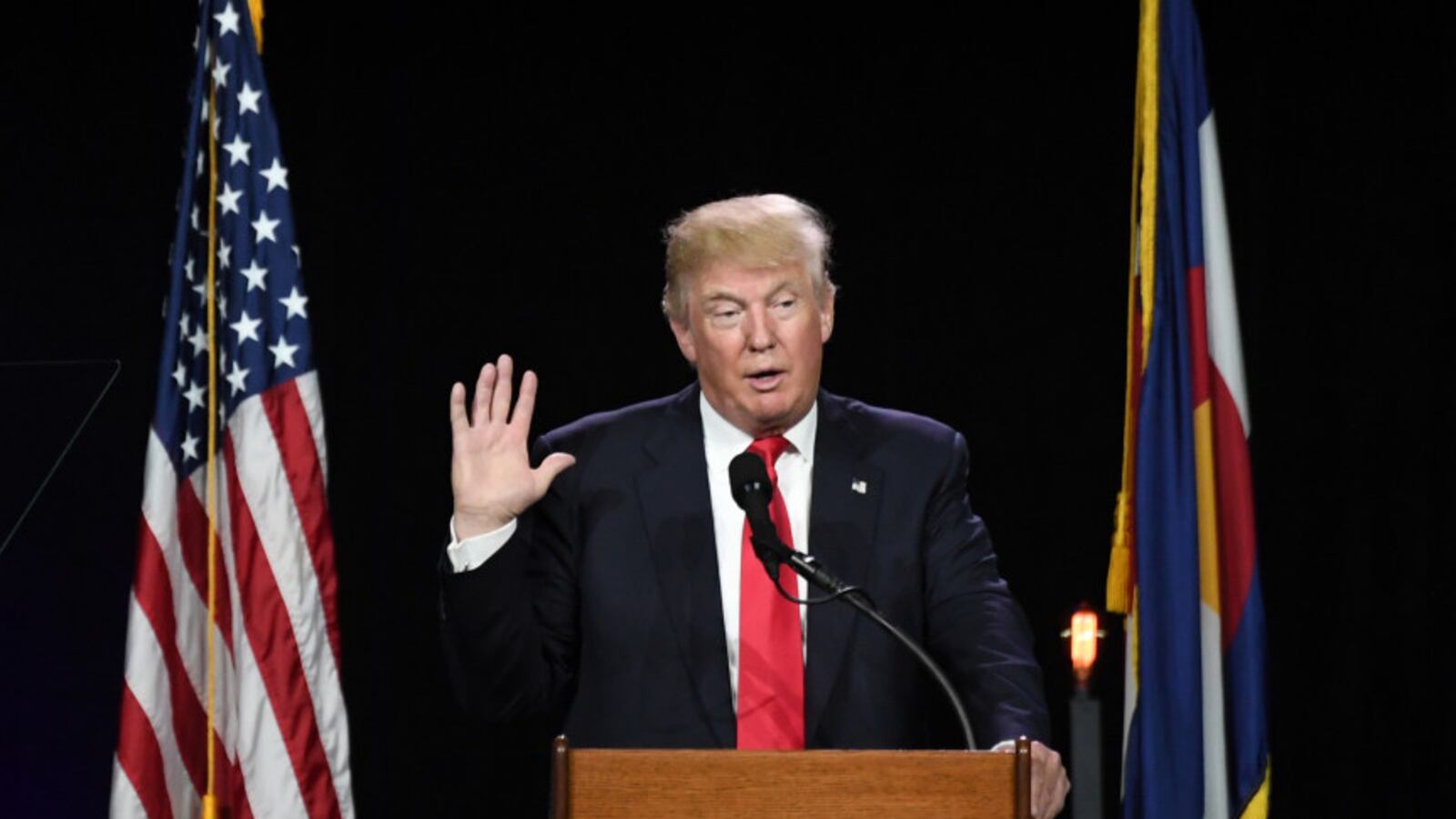President Donald Trump has chosen Nashville for his first policy address outside of Washington, D.C., and “school choice” is on the agenda for his Wednesday night speech.
That’s a top priority for him and his education secretary, Betsy DeVos, who has long lobbied for choice programs. Trump has called on Congress to propose a $20 billion program to expand choice for poor students across the nation, and more details are expected this week when he proposes his first budget.
So far, Tennessee has encountered all of the ups, downs, opposition and advocacy typically experienced by choice programs. Here’s what you should know about the issue in Tennessee as Trump prepares to showcase it.
- Choice programs have expanded significantly in recent years. Since a 2003 state law opened the door to charter schools, more than 100 have sprung up across Tennessee, mostly in Memphis and Nashville. A state-run initiative to turn around long-struggling schools added another set of choices, especially in Memphis. And the state’s first voucher program, which allows families of students with some disabilities to use public dollars to attend private schools, launched this year.
- Not everyone is on board with the shift. School choice advocates often blame opposition on teachers unions, which are weakened when students leave traditional public schools for charter or private schools that typically don’t have unionized teachers. But in Tennessee, opposition also has bubbled up from local school superintendents and boards who are worried that vouchers could drain already under-funded traditional schools of students and money. The latest school choice proposal, vouchers for students without disabilities, is aimed at the lowest performing schools in Memphis — and opposed by many Memphians.
- Robust school choice has put a lot of pressure on traditional public schools. Nashville school leaders have long complained that the city’s growing charter sector is siphoning off funding from its other schools. But Memphis has a more acute problem. Its schools are struggling with low enrollment in an increasingly fragmented public education landscape. Half of the schools in the state-run Achievement School District are operating below capacity, while nearly a third of Shelby County Schools are grappling with under-enrollment. The challenge is forcing both districts to close schools — disrupting families and educators alike.
- School voucher legislation has historically fizzled in Tennessee, but advocates hope this year will break the pattern. While Tennessee’s Senate has voted in favor of a voucher bill three times since 2011, opponents have blocked it each year in the House of Representatives, albeit by decreasing margins. A proposal went the furthest it’s ever gone last year, only to be pulled on the House floor at the last minute when the sponsor realized he was just short of the votes he needed. The most vocal opponent of vouchers has been the Tennessee Education Association, the state’s largest teachers’ union and an organization that many Republican lawmakers openly oppose. But with Trump in the White House, voucher proponents are enthusiastic about its chances this year.
- If vouchers are introduced, private schools are on the fence about accepting them. A Vanderbilt University researcher found in 2014 that most private schools in Memphis weren’t interested in participating. And private school leaders have been reluctant to commit on more current proposals too. Not only would they not be allowed to charge more than the $7,000 voucher value that’s being proposed, accepting public funding would open them up to regulations and state testing. A key question about Trump’s proposal is whether the U.S. Department of Education would require states to include accountability rules in their voucher programs.
Correction: March 15, 2017: This story has been corrected to show that about a third of Shelby County Schools are grappling with under-enrollment. A previous version incorrectly reported that 70 percent of the district’s schools struggle with that challenge.


